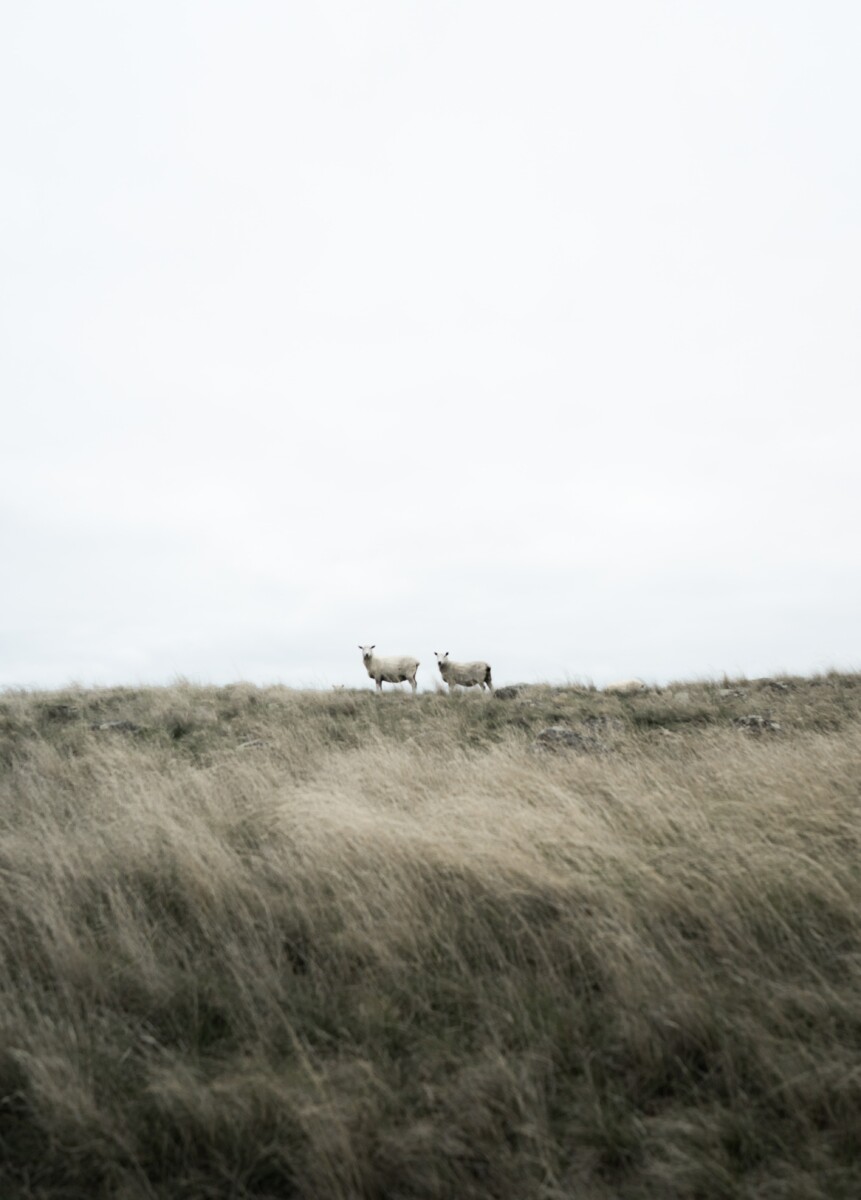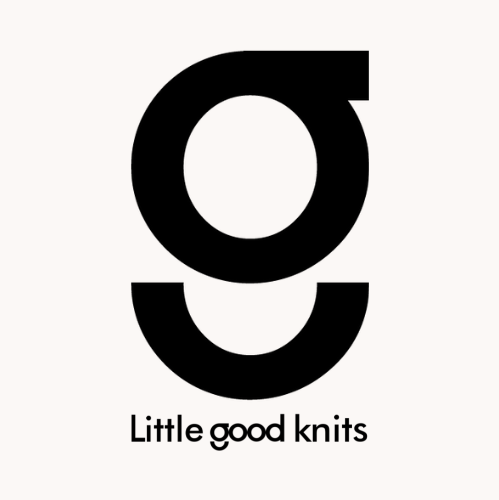South Africa Mohair
Once you sample them, we know you’ll want more.
Mohair is made from the hair of the Angora goat. (This should not be confused with Angora wool, which is made from the fur of the Angora rabbit.)
Mohair is regarded as “the noble fiber” or “the diamond fiber” over the globe. Its unique attributes – shine, resilience, and color reflection – have contributed to its success, and the South African Mohair industry has developed to become the worldwide leader, producing the greatest Mohair in the world.
Mohair is sheared using scissors from Angora goats (similar to how sheep wool is shorn), but Cashmere is softly combed from the body of the Cashmere goat using combs. Mohair is more softer and thicker than cashmere and has a diameter of 12-16 microns. It is an extremely durable fiber; many of our customers are still wearing their mohair jumpers that are five years old.
Mohair fibers are silky like one’s own hair, do not irritate, and are even pleasant for individuals who are sensitive to wool. Suitable for delicate skin, it is warm in the winter and cool in the summer. Knitwears stay sweat and odor-free thanks to the smooth mohair fiber.
To keep the smoothness and luster of the Mohair fiber, we exclusively utilize mild procedures with no harsh chemicals.



Australian
Merino Wool
Buy better, buy ethical.
Our merino collection is expertly spun in Italy by a renewable manufacturing mill using Tasmanian merino wool. This lovely ultrafine merino is not only soft, natural, and breathable, but it is also ethical.
We collaborate with an Italian spinning mill dedicated to producing fully traceable products using ethical farms and modern, sustainable resources. The factory generates its own electricity through the use of solar panels and hydro turbines. They also dye and process the fibers with fresh water from the Italian Alps, making them extra refined and soft.
Our merino wool is sourced from a fourth generation family business that is proud to supply the world with the best Tasmanian wool. They ensure that their 25,000 sheep live in the best biodiversity possible on their 18,000-hectare estate, where exceptional skilled shearing teams are employed every year during harvest season to ensure that all sheep are handled ethically and with love and care.
The wool fibers are treated in the purest Alpine water before being spun into the softest, ultrafine yarn, making these lightweight pieces ideal for layering all year round.
No animal or environment is harmed in the process of making your knitwear. Learn more HERE.
Mongolian Cashmere
This winter, discover new comfort level that you won’t know how you have lived without.
Despite being significantly lighter in weight, it can be up to 8x warmer than sheep’s wool.
Due to the harsh weather conditions of Mongolia, Mongolian goats have one of the warmest coats. Temperatures range from -40°C to 40°C throughout the seasons, training these goats to produce the toughest wool.
Cashmere goats have two coats of hair to help them survive harsh climates: a coarse, thick coat of outer long hairs and an undercoat of fine downy fleece. In the hot summers following the harshest winters, nomads comb the goats’ downy undercoats off to be spun into the softest cashmere.
Rather than using a commercial shearing method, our cashmere is extracted by hand using bristly brushes that gently comb tufts of fleece from our little guys to ensure the highest quality.



Recycled Polyster
Support sustainable fashion.
Recycled polyester (rPET) is a synthetic textile fiber made by melting plastic (typically from plastic bottles or containers thrown away by consumers) and cutting it into a single nuova polyester fiber.
According to the non-governmental organization Ocean Conservancy, about 8 million tons of plastic are lost in the oceans each year, adding to the 250 million tons currently circulating in marine habitats (2020). At this rate, the oceans will contain more plastic than fish by 2050.
Plastic was discovered in the stomachs of 60% of seabirds and 100% of all sea turtle species studied (some animals mistake plastic for food and consume it).
Microplastics, on the other hand, are everywhere, from alpine lakes to glaciers, from our tap water to the animal food we eat (particularly fish).
In terms of landfills, the United States Environmental Protection Agency claimed that the country’s landfills received 26 million tons of plastic in 2015. While the EU estimates that its inhabitants create the same amount each year.
Clothes are clearly a significant contributor to the problem: in the United Kingdom, the Waste and Resources Action Program (WRAP) estimated that over 140 million pounds of clothing end up in landfills each year.
Because polyester accounts for over 60% of global PET manufacturing – roughly double that used in plastic bottles – the creation of a non-virgin polyester fiber supply chain has the potential to have a major influence on needs, energy, and global resources.
The recycled polyester keeps plastic out of landfills, incinerators, and the oceans. Recycled polyester provides non-biodegradable materials a second chance. It decreases garbage, hence extending landfill life and lowering hazardous emissions from incinerators. It also contributes to the promotion of alternative recycling channels for polyester clothing that are no longer worn.
